
Formula
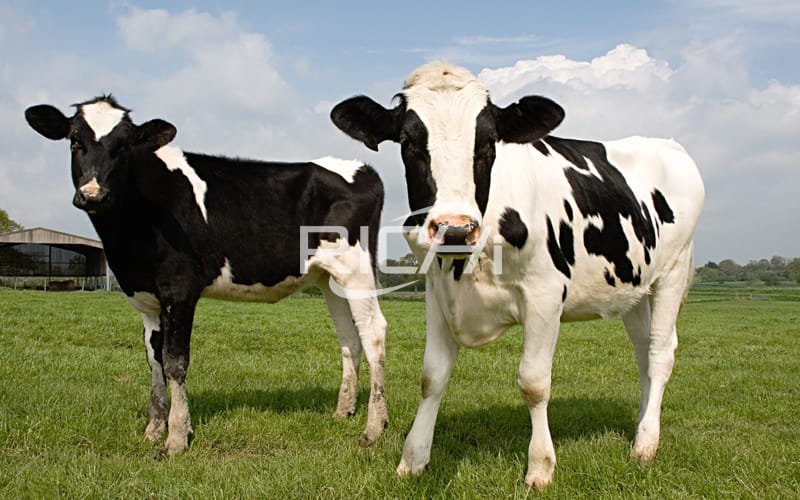
Jerusalem artichoke is a perennial herb. It has the characteristics of cold resistance, drought resistance, tramp resistance, strong adaptability, and low requirements for cultivation and management conditions.
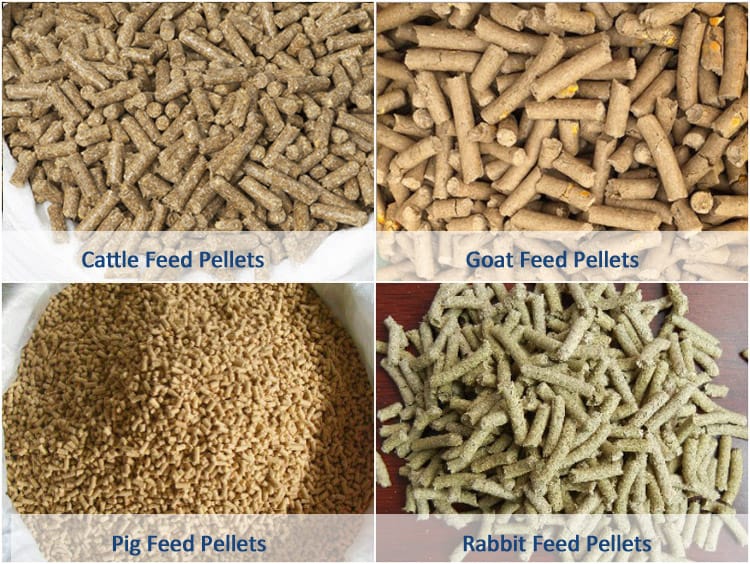
In recent years, due to the development of dairy cattle and shed-raising sheep and other breeding industries, straw micro-storage feed has been widely promoted and applied, and good economic and social benefits have been achieved.
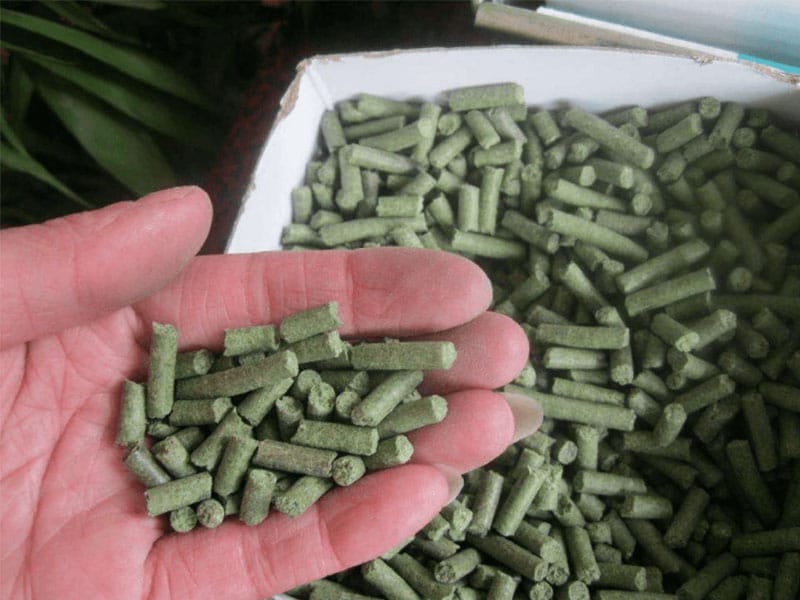
In order to increase disease resistance, a certain amount of green onions and garlic should be mixed into the feed during wet and rainy seasons.
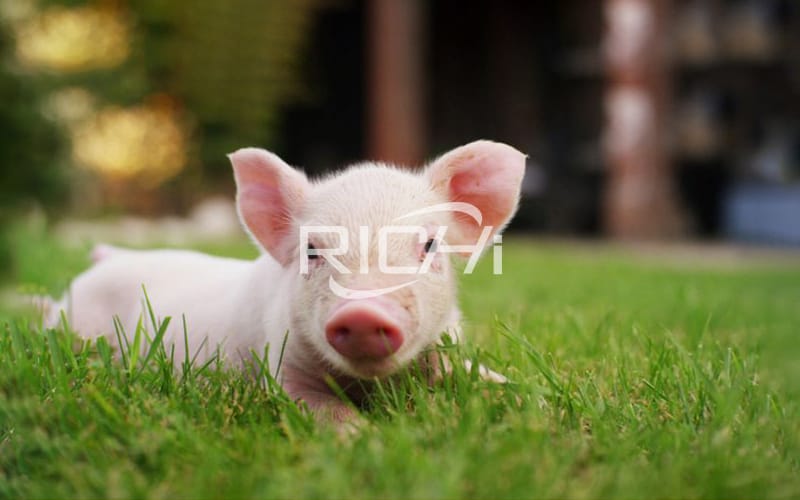
According to the growth stages of pigs, it can be divided into five stages: suckling pigs, piglets, middle pigs, large pigs, and breeding pigs. Each stage should adopt a different pig feed making formula to prepare and use pig feed.
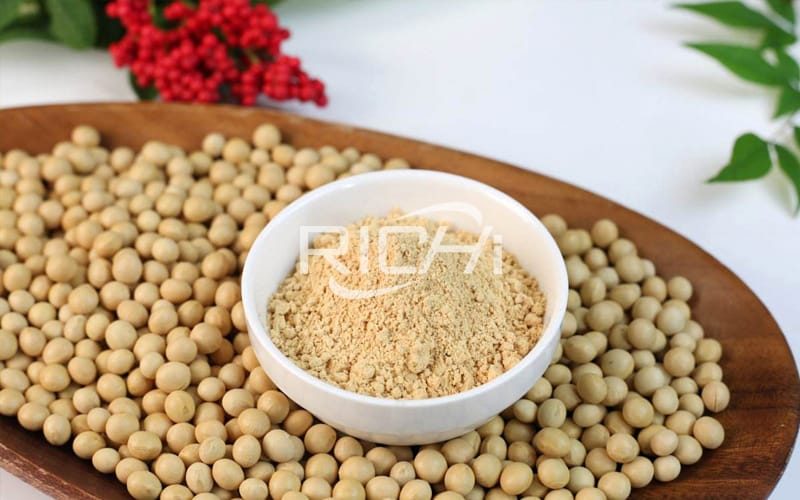
IFN is an international standard, which divides feed raw materials into: roughage, green feed, and silage feed, energy feed, protein supplement, mineral feed, vitamin feed, and feed additives.

The diameter of pelleted fish feed is usually 2.5~8.0 mm and the length is 5~10 mm, which can be directly fed. If the feed is damp, do not feed it directly, dry it or dry it before feeding it; if the feed has deteriorated, it should not be fed again to prevent fish poisoning after eating.
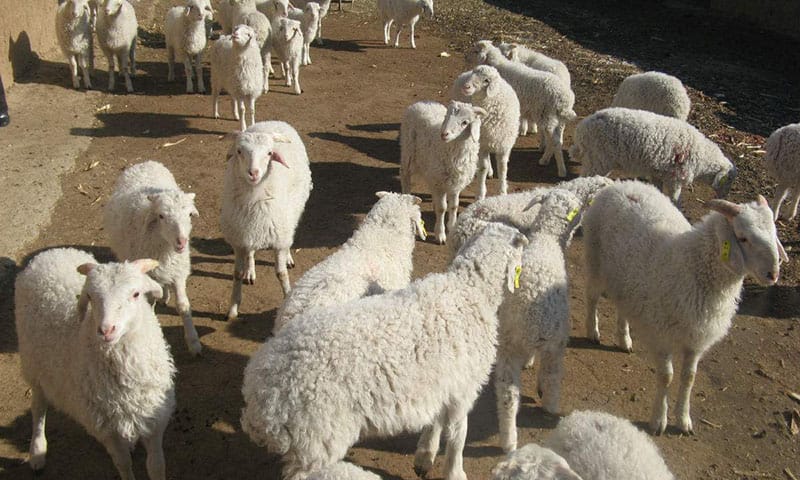
Raising sheep in rural areas is the use of weed resources and crop scraps that are unique in rural areas as forage and fodder. In the green grass season, grazing is all-weather, and in the dry season, grazing is half-grazing, half-eating dry forage, that is, agricultural waste.
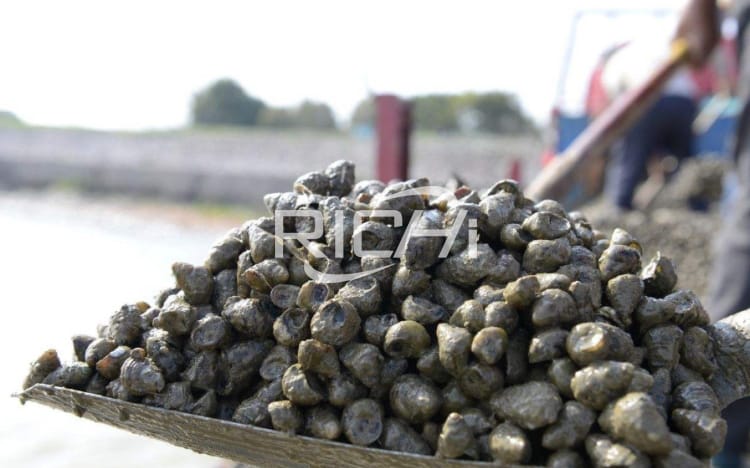
Screw shells are leftovers of rural aquatic products. The shell left after people eat screws, mussel shells, etc., is mainly composed of calcium carbonate and organic bone calcium compounds.
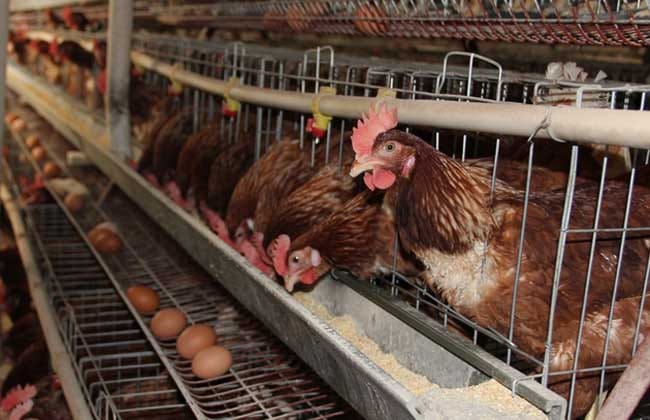
Although this type of additive does not contain the nutrients needed by chickens, it is beneficial to promote layer chicken growth, increase egg production, enhance disease resistance and layer chicken feed storage.
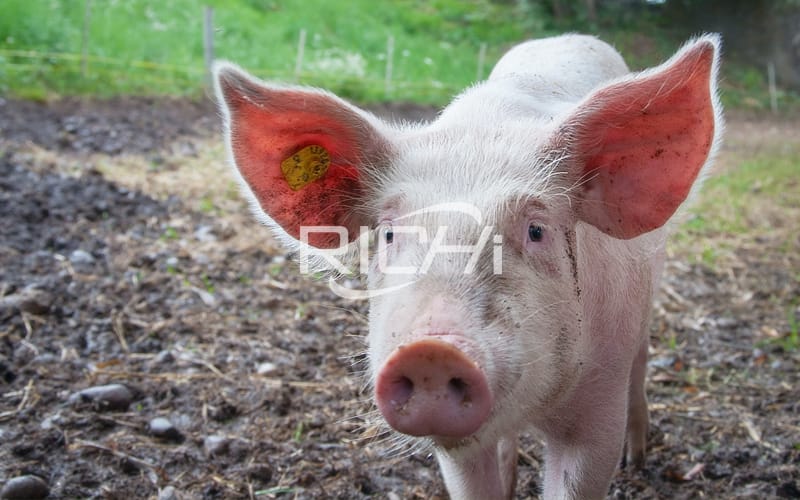
The use of compound feed to raise pigs can increase the utilization rate of pig feed and achieve the effect of rapid growth and slaughter.
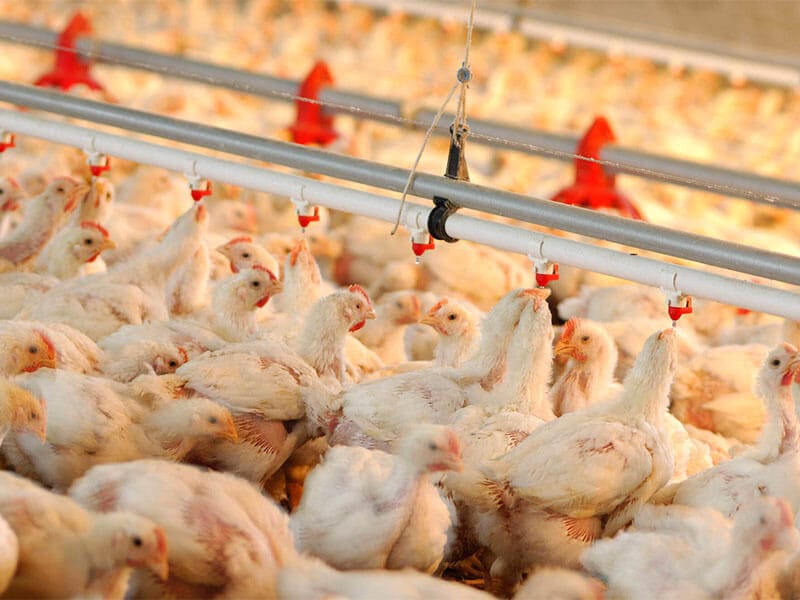
Adding 10-20mg of soy isoflavones per kilogram of diet for broiler chickens can improve the meat color, water content and pH of the broiler chicken, prevent muscle oxidation during storage, delay the rapid decline of muscle pH after slaughter, and prevent poor-quality meat produce.
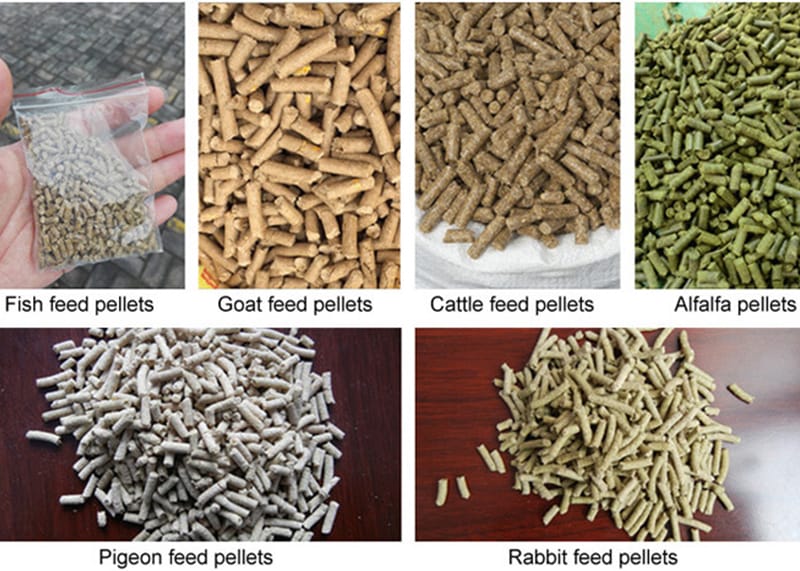
It is more appropriate to harvest forages during booting, budding, and first flowers, because the forages are in a period of vigorous growth, young and juicy, and high in protein content, which can reach more than 15% based on dry matter.
Please send your requirements, RICHI's consultants will get back to you quickly.
Please specify your requirement by referring to the following aspects,RICHI's consultants will get back to you quickly :